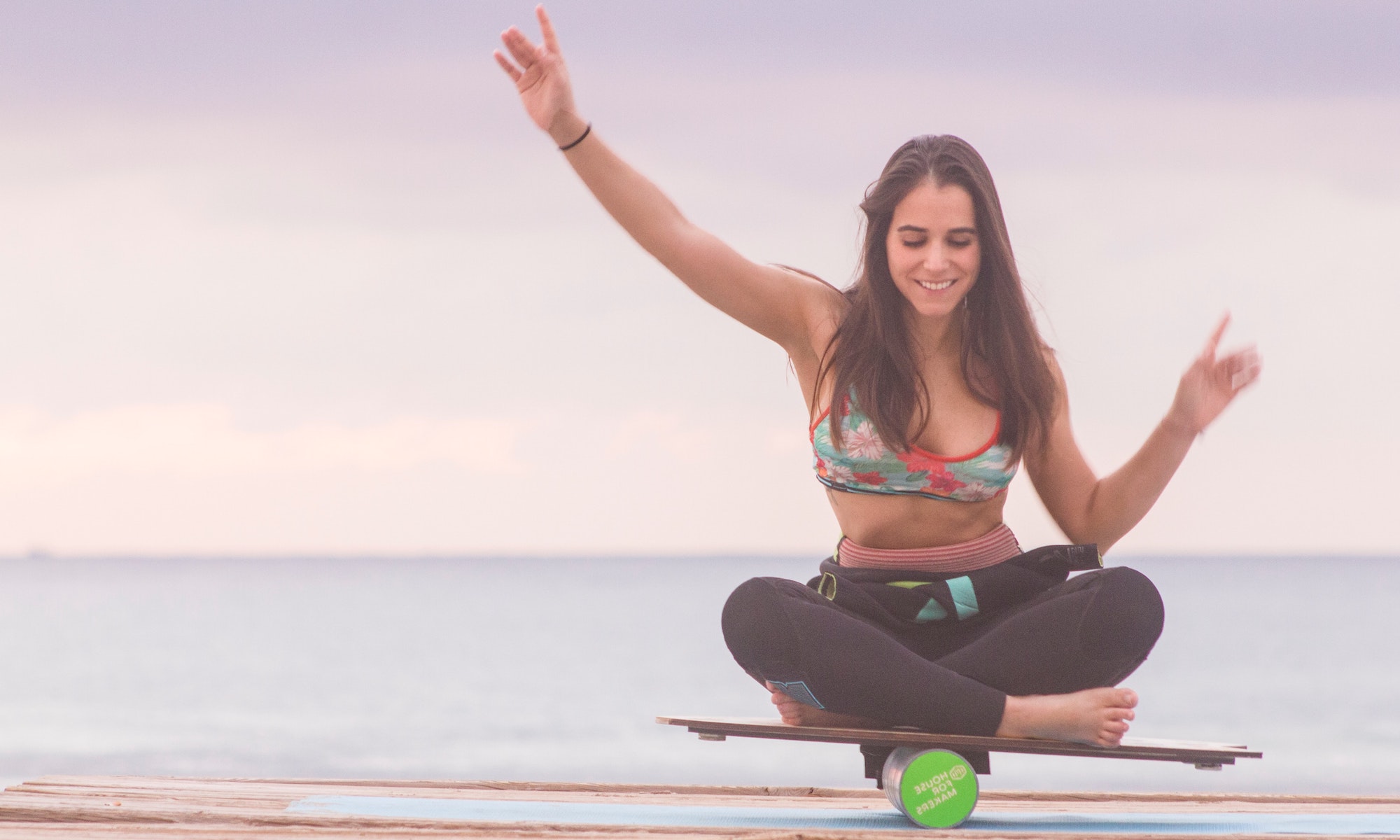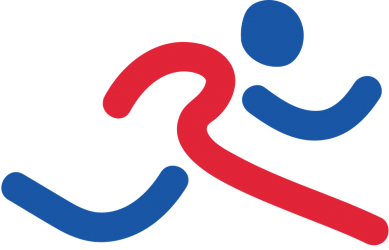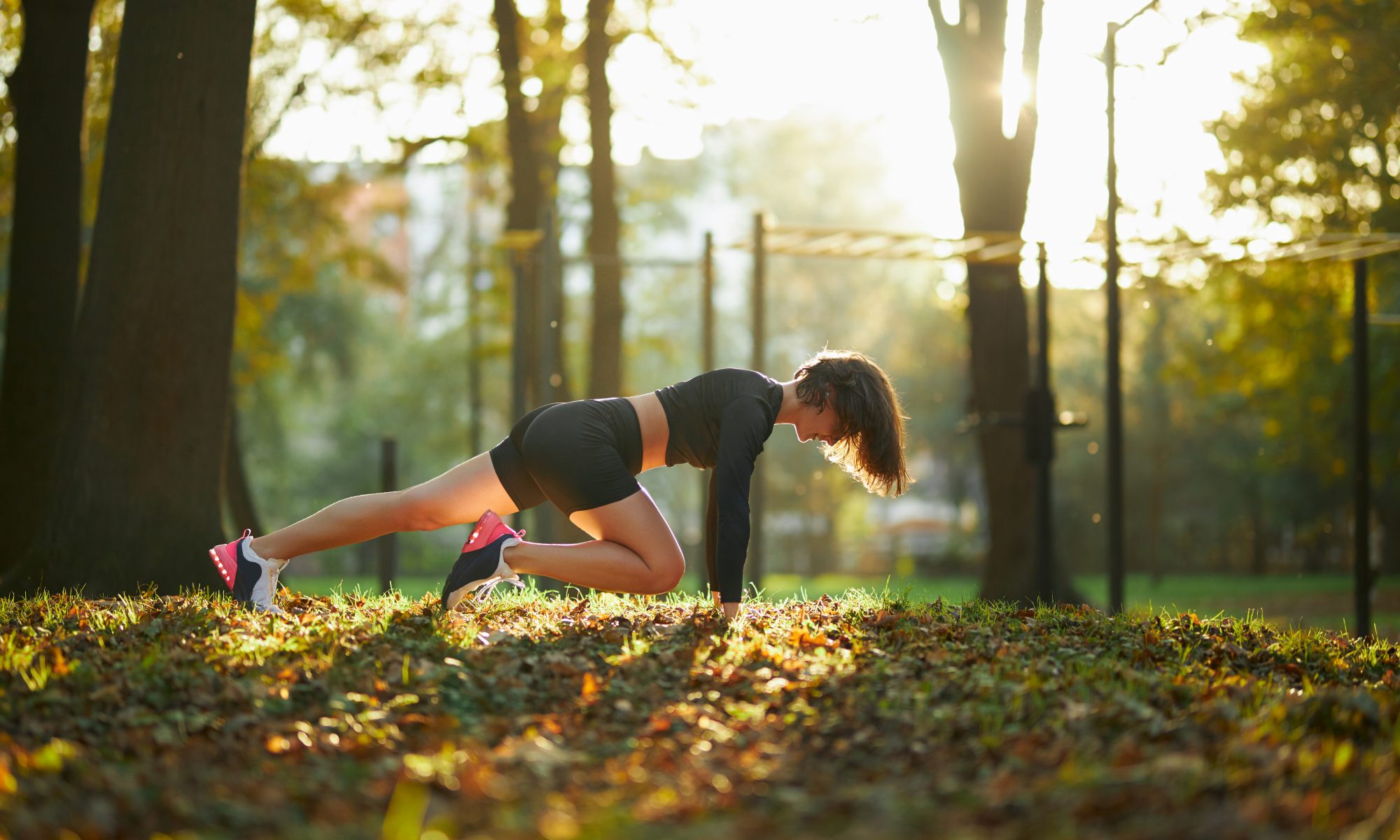Proprio-what now?
Proprioception, a loaded word, what does it mean? We find when we mention proprioception, we often get some strange looks.
Proprioception is a sense that lets us perceive the location, movement and action parts of the body; our position in space. It is a complex range of sensations, including perception of joint position and movement, muscle force and effort. These sensations arise from signals from our sensory receptors in muscle, skin and joints. Basically, our proprioceptors in the body detect changes in movement and position, and allows us to move automatically in different settings.
Proprioception comes from all of the neural inputs from the joint capsules, ligaments, muscles, tendons and skin and is crucial for planning our movements. The sensory receptors allow for this movement through the neural signalling of changes in muscle, skin or joint stretch. This is all important when it comes to exercise, and improving proprioception is vital for those recovering from injury, rebuilding motor function and for rehabilitation for neurological and/or neuromuscular conditions. Proprioception is important to train and develop at any stage of life.
So how do we improve proprioception?
Balance exercises: standing on different surfaces is one way that we can retrain or increase proprioception, important for both falls prevention, improving motor function and rehabilitation following an injury (IE: ankle sprain). Balance exercises can then be progressed to include other tasks, such as standing on a different surface completing a reaching task. In the case of injury rehabilitation, such as an ACL injury or ankle sprain, balance training saw improvements in injury outcomes as well as a decrease in risk of re-injury for those with ankle sprains.
Strength training also plays a role in both injury rehabilitation and neuromuscular rehabilitation. Balance training and strength training saw greater improvements in balance in patients with Parkinson’s Disease.
Source:
Physiopedia, n.d. Proprioception https://www.physio-pedia.com/Proprioception
Science Direct (J.L Taylor), 2009. Proprioception https://www.sciencedirect.com/science/article/abs/pii/B9780080450469019070
Cole, J, 2024. Proprioception: Effect of neurological disease https://link.springer.com/referenceworkentry/10.1007/978-3-540-29678-2_4824


